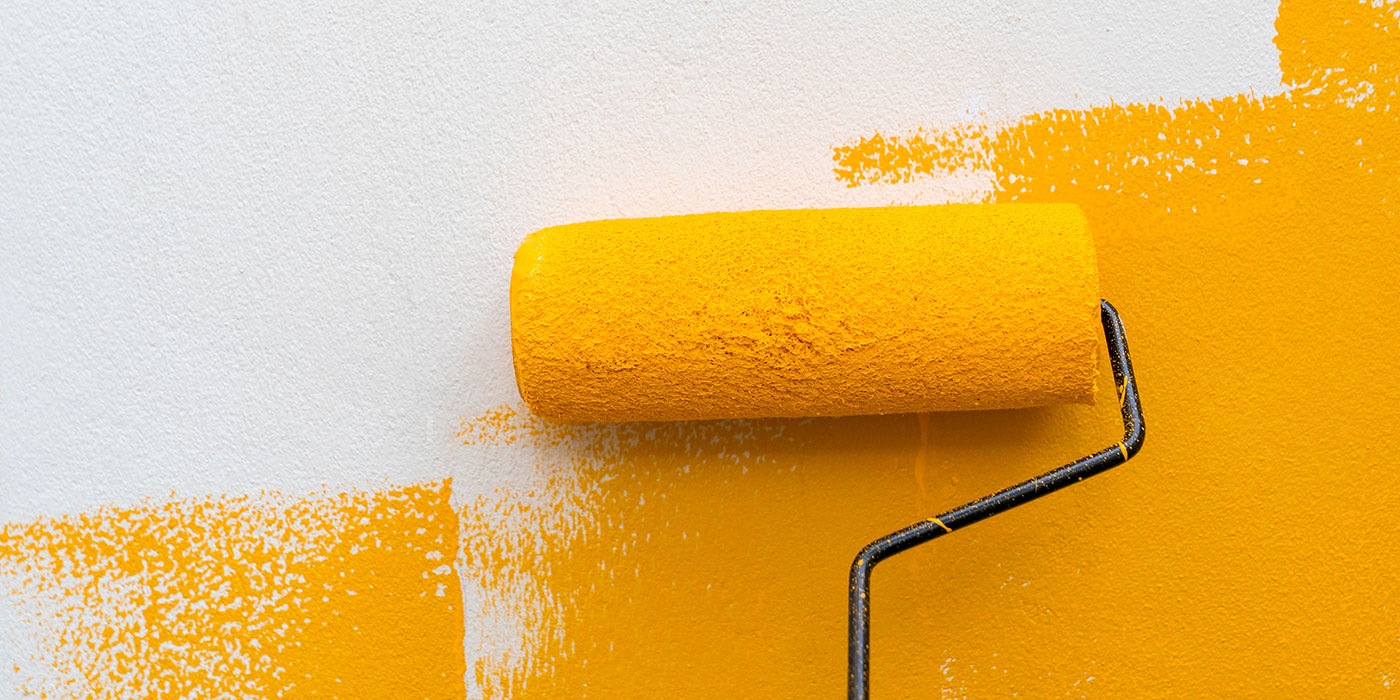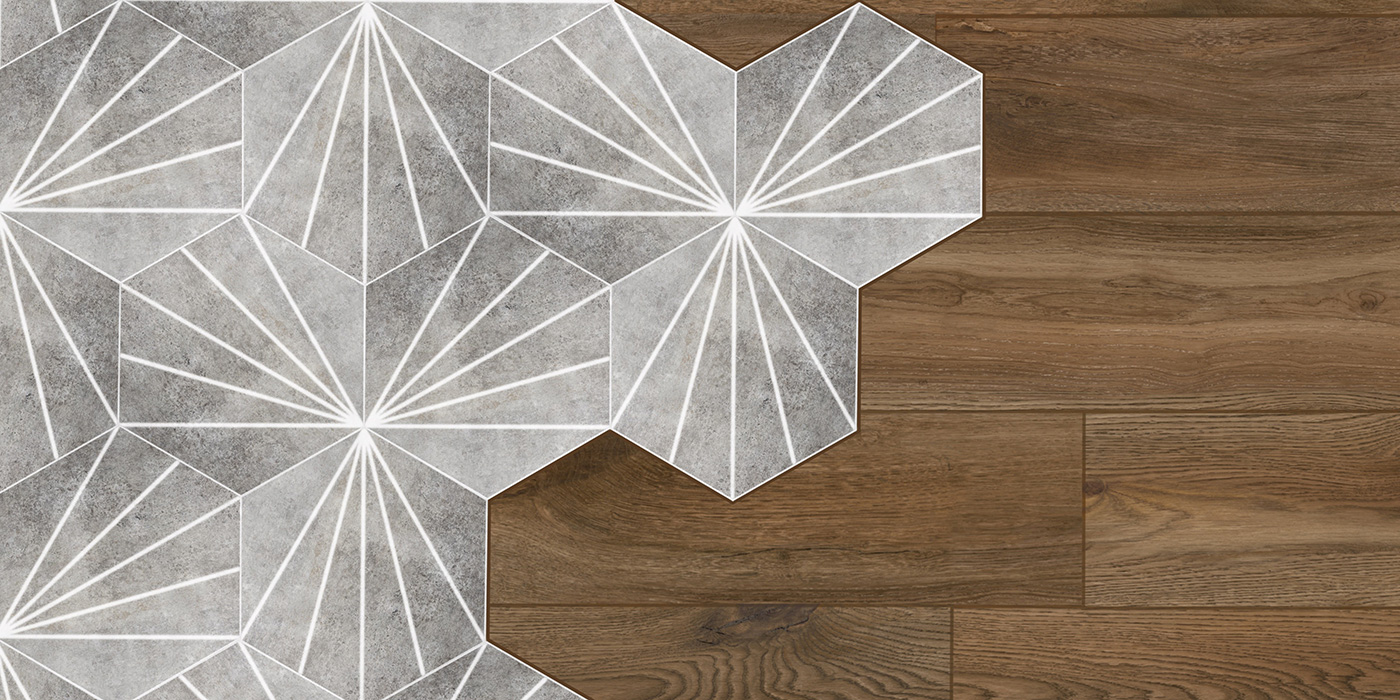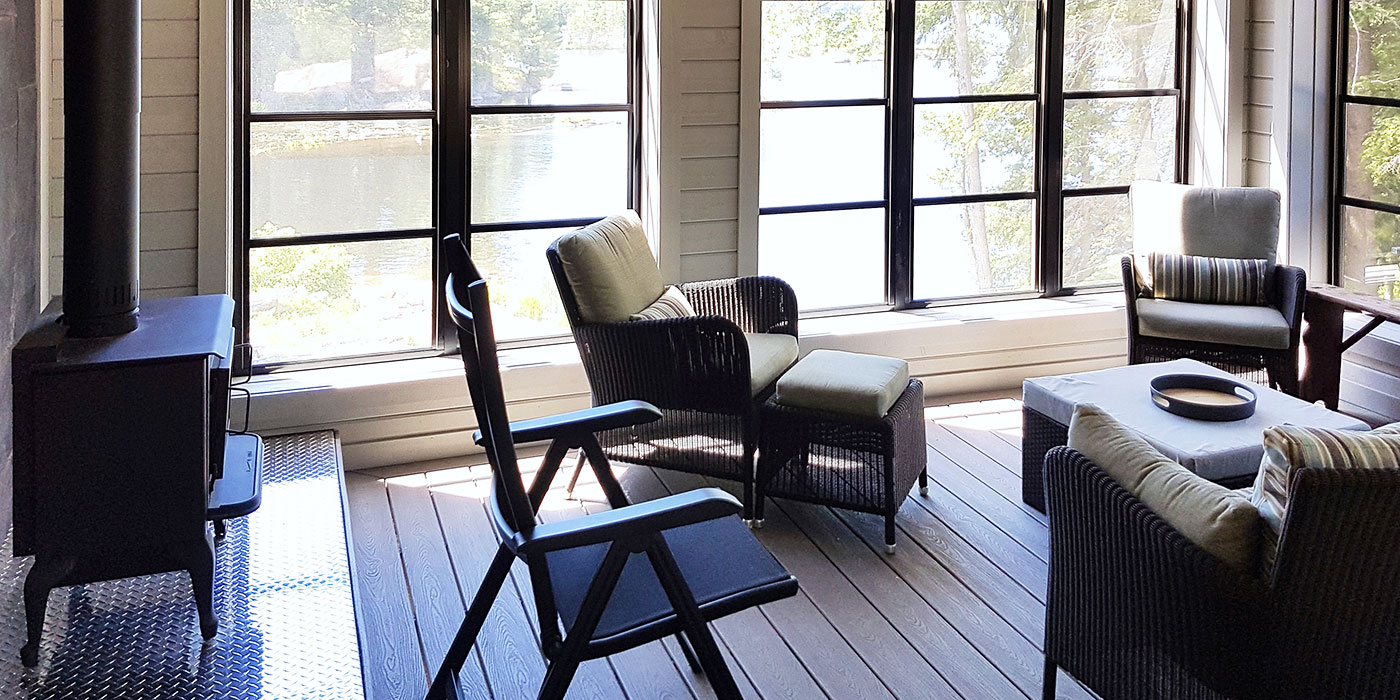Standard
• The most common and economical
• Easy to cut and install
• Available in assorted thicknesses and sizes, 1/2″ x 4′ x 8′ the most common
• Also available in a lightweight version
Where to use:
• Use in most interior walls and ceilings in living rooms, bedrooms, and hallways
• Can be used in dry basements
Moisture resistant or paperless
• Similar to standard drywall but with added engineering to resist moisture
• Moisture resistant has a treated paper facing
• Paperless has fibreglass facing making it more moisture resistant, but can be difficult to cut
Where to use:
• Use in high humidity areas like bathrooms, kitchens, laundry rooms, basements, garages, mudrooms and crawl spaces
Fire resistant
• Thicker than standard drywall
• Contains a fibreglass additive in the gypsum core
• Engineered to inhibit the progress of fire
• It is fire-rated, not fireproof
• May be required by code in some municipalities
Where to use:
• Use in garages, utility rooms, walls separating living spaces from garages, near wood-burning stoves or appliances
Soundproof
• Also called acoustic drywall
• Engineered to minimize vibration and sound transmission between rooms
• Constructed with denser layers than standard drywall
Where to use:
• Use in home theatres, bedrooms, home offices, shared living spaces, wherever a quieter living space is needed
Cement/backer board
• Not necessarily classified as drywall but is an essential wall material for the home
• Made from cement and reinforcing fibers
• Highly resistant to water and moisture
• Will not rot
• Resists mould and mildew
Where to use:
• Use as a floor and wall tile underlayment
• Use behind showers, tubs and sinks
• Can be used as substrate for stone veneer



